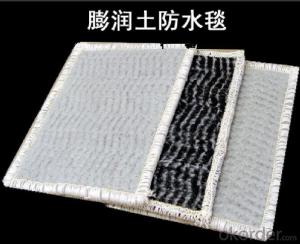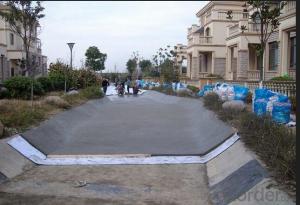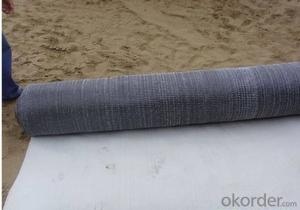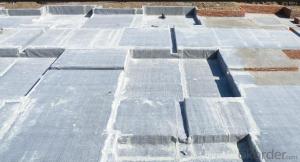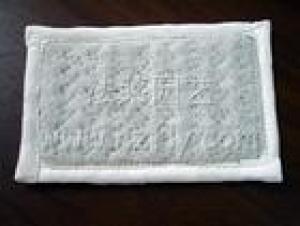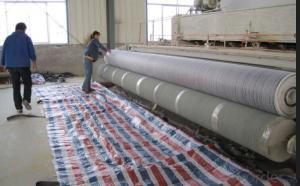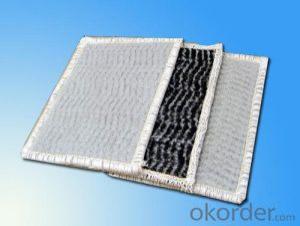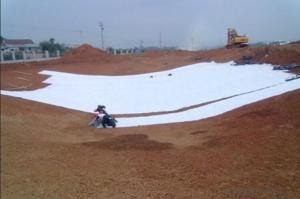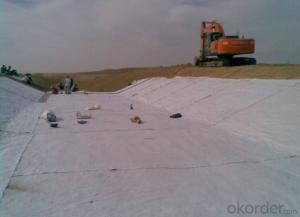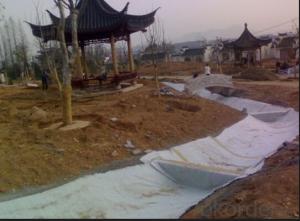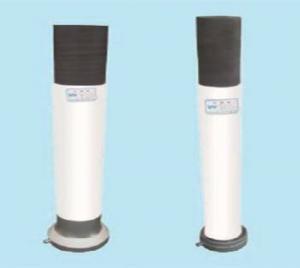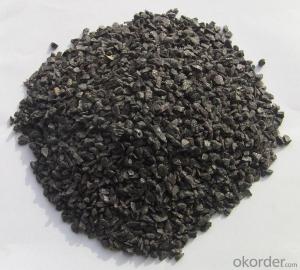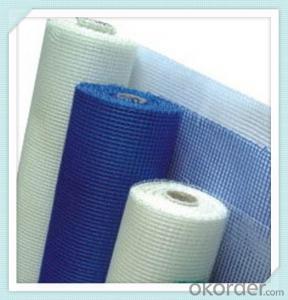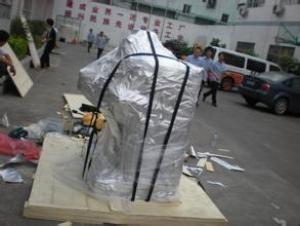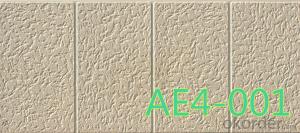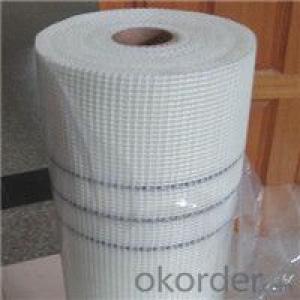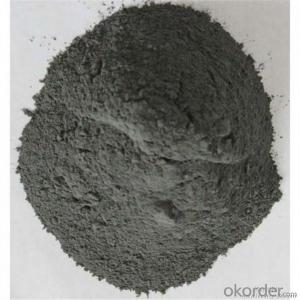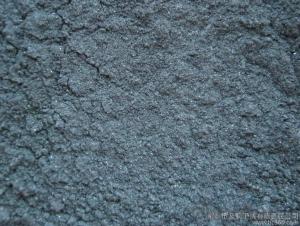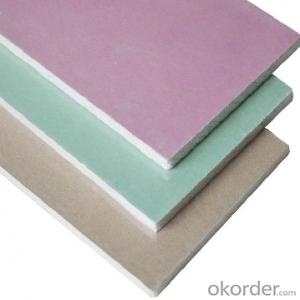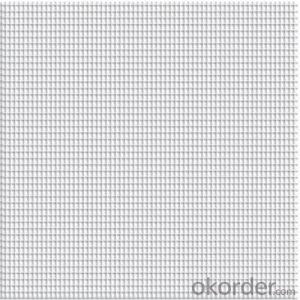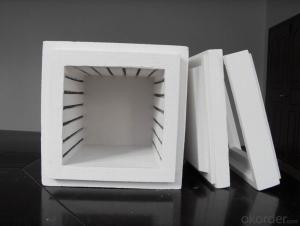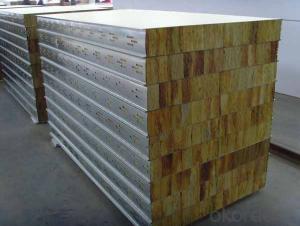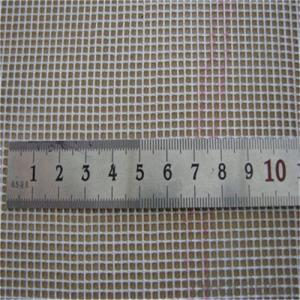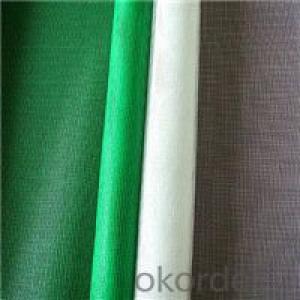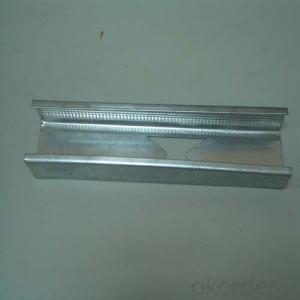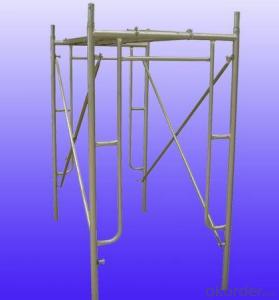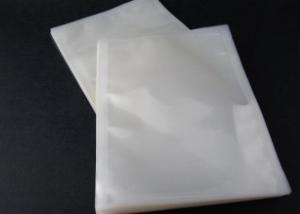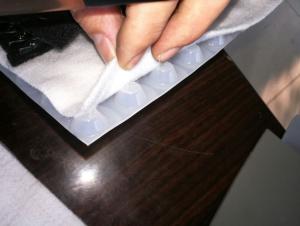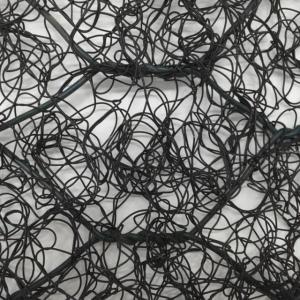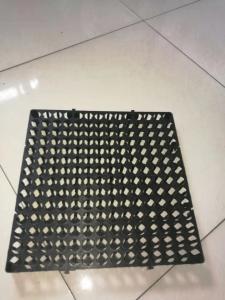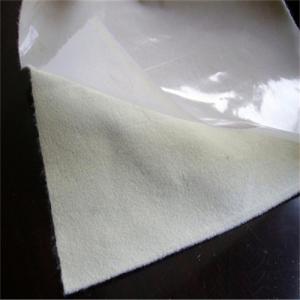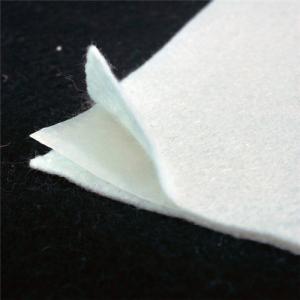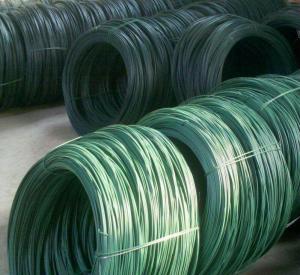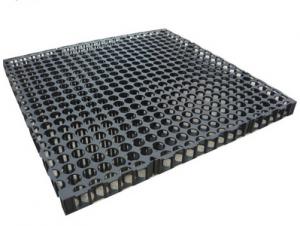Geosynthetic Materials
Geosynthetic Materials Related Searches
Small Clay Roof Tiles Clay Roof Tiles Installation French Clay Roof Tiles Terracotta Clay Roof Tiles Clay Roof Shingles Geosynthetic Materials Geosynthetic Clay Liner Gcl LinerHot Searches
Roof Clay Tiles Prices Hdpe Liner Cost Geosynthetic Clay Liner Cost Landfill Liner Cost Geocomposite Manufacturers Roof Clay Tiles Prices Geosynthetic Clay Liner Cost Landfill Liner Cost Geocomposite Manufacturers Wholesale Liner Hdpe Geomembrane Hdpe Geomembrane Liner Manufacturers Hdpe Liner Cost Hdpe Pond Liner Specifications Geosynthetic Clay Liner CostGeosynthetic Materials Supplier & Manufacturer from China
Okorder.com is a professional Geosynthetic Materials supplier & manufacturer, offers integrated one-stop services including real-time quoting and online cargo tracking. We are funded by CNBM Group, a Fortune 500 enterprise and the largest Geosynthetic Materials firm in China.Hot Products
FAQ
- The purpose of using geonets in groundwater recharge systems is to enhance the infiltration and distribution of stormwater or treated wastewater into the ground. Geonets provide a stable and permeable layer that allows for better water drainage, reducing the risk of surface runoff and promoting groundwater recharge.
- Yes, earthwork products can be used in storm surge protection. They can be used to build levees, berms, or dikes that help divert or absorb the impact of storm surges, reducing the risk of flooding and protecting coastal areas from the destructive forces of large waves and water inundation.
- Some of the different jointing options available for earthwork products include mechanical joints, such as dowel bars or tie bars, which provide structural integrity and resist movement between adjacent elements. Another option is using flexible materials like geotextiles or geogrids to create a reinforced joint, allowing for some movement while still maintaining stability. Additionally, adhesive or sealant joints can be used to create a watertight barrier between earthwork products, preventing water infiltration and potential damage.
- Concrete barriers enhance safety on construction sites in several ways. Firstly, they serve as a physical barrier between workers and potential hazards, such as moving vehicles or falling debris, providing a protective boundary. Additionally, these barriers help to redirect traffic away from the construction site, preventing unauthorized access and minimizing the risk of accidents. They also act as a visual signal, clearly marking the boundaries of the construction area and alerting both workers and passersby to exercise caution. Overall, concrete barriers play a crucial role in maintaining a safe work environment by reducing the likelihood of accidents and protecting personnel from potential dangers.
- Using geogrids for ground reinforcement in parking lots offers several benefits. Firstly, geogrids improve the load-bearing capacity of the soil, allowing for the construction of stronger and more durable parking lots. This helps to prevent the formation of potholes and other surface deformities, reducing maintenance costs and ensuring a smoother driving experience for vehicles. Additionally, geogrids help to distribute the load across a wider area, minimizing the stress on the soil and preventing excessive settlement. This ensures the long-term stability of the parking lot, even under heavy traffic loads. Lastly, geogrids provide effective erosion control by stabilizing the soil and preventing soil particles from being washed away by rainfall or runoff. Overall, the use of geogrids in parking lots enhances their longevity, reduces maintenance requirements, and improves safety for both vehicles and pedestrians.
- The purpose of using geotextile tubes in dewatering projects is to efficiently remove water from a site or construction area. Geotextile tubes are filled with sediment or sludge and the water is separated from the solid material as it passes through the porous fabric. This method allows for the effective dewatering of large volumes of water, making it easier to handle and dispose of the remaining material.
- The purpose of using geotextiles in groundwater protection projects is to prevent soil erosion and filtration of contaminants by providing a barrier and stabilizing the soil. Geotextiles act as a protective layer that allows water to pass through while preventing the movement of soil particles and pollutants, thereby safeguarding the quality of groundwater.
- Yes, there are several earthwork products specifically designed for parking lot construction. These include materials such as aggregate base course, asphalt, concrete, and geosynthetic products like geotextiles and geogrids. These products are used for various purposes such as providing a stable base, improving drainage, and enhancing the overall durability and longevity of the parking lot.
